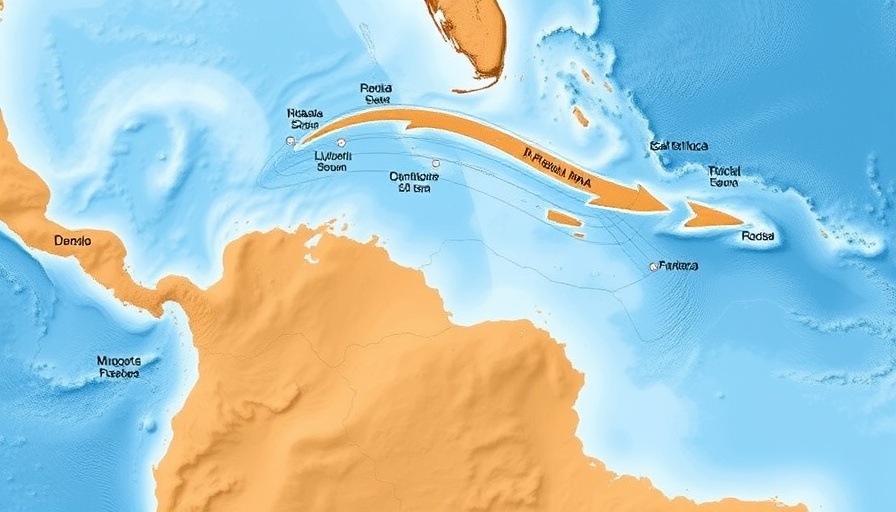
Understanding the Danger: Can a Tsunami Hit Texas?
The recent 7.3 magnitude earthquake off the coast of Alaska has sparked a tsunami warning that stretches across a 700-mile area. While the warning was lifted soon after, it brings to light an important question: Could a tsunami ever hit Texas? Earthquakes are often associated with tsunami risks, but the Gulf of Mexico, where Texas is situated, has a different seismic profile than that of the Pacific Coast.
Historical Context: Past Tsunami Events in the Gulf
Although large tsunamis are a rarity in the Gulf of Mexico, three minor tsunami events have been documented in the 20th century. These incidents shed light on the potential risks faced by coastal communities in Texas:
- In October 1918, a tsunami was detected in Galveston, likely caused by seismic activity near Puerto Rico.
- A 2.1-foot wave was recorded in Galveston in 1922, attributed to a local seismic event.
- Freeport experienced a 0.6-foot wave after a significant earthquake in Alaska in 1964.
These historical events may seem minimal, but they highlight the need for preparedness in coastal areas even if severe tsunamis are less likely.
What Experts Say: Low Threat, But Not Zero
According to researchers with the U.S. Geological Survey and the National Tsunami Hazard Mitigation Program, while the risk of a significant tsunami affecting Texas is low, it is not impossible. The primary sources for potential tsunamis in this region would be local submarine landslides or earthquakes originating from the Caribbean plate. However, experts emphasize that preliminary models suggest a very low threat to communities along the Gulf Coast.
Preparing for the Unexpected: Community Awareness
Despite the relatively low risk, local populations should maintain an awareness of tsunami possibilities. This is aligned with broader emergency preparedness strategies that coastal communities should foster. Understanding evacuation routes, emergency plans, and possible sources of tsunami alerts can empower residents and mitigate panic in the event of an unexpected nautical calamity.
In Conclusion: Coastal Preparedness is Crucial
As the saying goes, it's better to be safe than sorry. While tsunamis in Texas remain unlikely, aligning community awareness and preparedness can have life-saving implications should a seismic event occur. Engaging local authorities on the importance of disaster readiness prepares communities for all types of emergencies, marking an important step in safeguarding their future.
 Add Row
Add Row  Add
Add 




Write A Comment